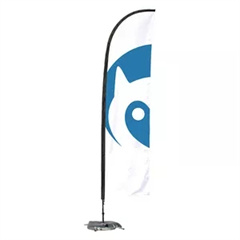Designing a database schema for an online merchandise store requires careful consideration of the data you need to store and how it will be organized. Here’s a simplified schema to get you started. Keep in mind that the actual schema can be more complex depending on the specific requirements of your store.
Entities and Relationships:
- Users:
- User_ID (Primary Key)
- Username
- Password
- First Name
- Last Name
- Address
- Phone Number
- …
- Products:
- Product_ID (Primary Key)
- Name
- Description
- Price
- Category_ID (Foreign Key to Categories)
- Stock Quantity
- Image URL
- …
- Categories:
- Category_ID (Primary Key)
- Name
- Description
- …
- Orders:
- Order_ID (Primary Key)
- User_ID (Foreign Key to Users)
- Order_Date
- Total Amount
- …
- Order_Items:
- OrderItem_ID (Primary Key)
- Order_ID (Foreign Key to Orders)
- Product_ID (Foreign Key to Products)
- Quantity
- Subtotal
- …
- Reviews:
- Review_ID (Primary Key)
- User_ID (Foreign Key to Users)
- Product_ID (Foreign Key to Products)
- Rating
- Comment
- Date
- …
- Payments:
- Payment_ID (Primary Key)
- Order_ID (Foreign Key to Orders)
- Payment_Method
- Payment_Date
- Amount
- …
This schema covers the essential components of an online merchandise store. Here’s a brief explanation of each table:
- Users: Stores user information, including registration details and contact information.
- Products: Contains product details such as name, description, price, stock quantity, and a link to product images. The category is linked through a foreign key.
- Categories: Stores product categories, which can help organize and filter products.
- Orders: Records each order placed by a user, including the order date and total amount.
- Order_Items: Connects orders with products, detailing the quantity and subtotal for each product in an order.
- Reviews: Allows users to leave reviews and ratings for products.
- Payments: Tracks payment information for each order, including the payment method, date, and amount.
This schema should serve as a foundation for your online merchandise store’s database. Depending on your specific requirements, you might need to expand or modify it to include features like discounts, promotions, user addresses, or other functionalities. Additionally, consider implementing data validation, security measures, and indexing for efficient querying and data integrity.


















